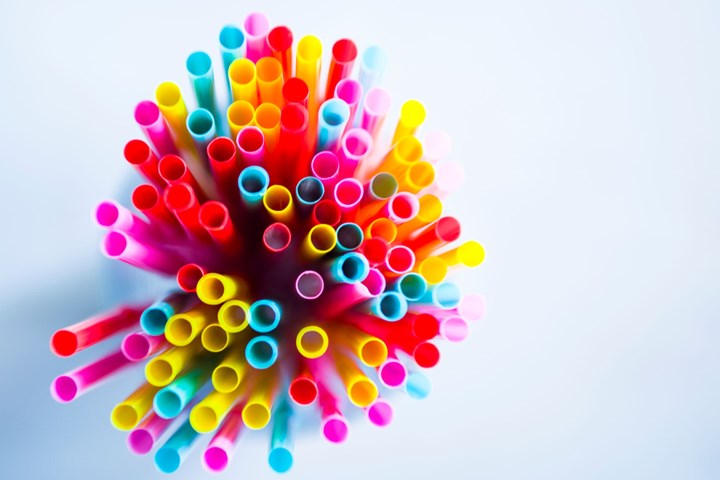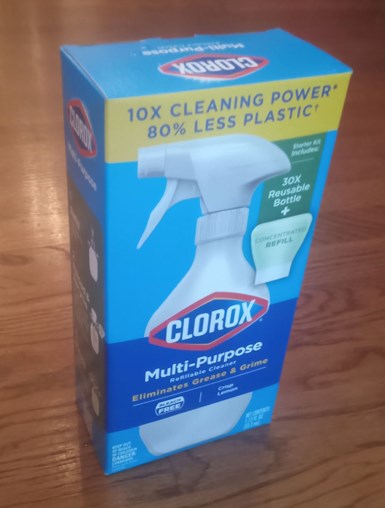U.S. Plastics Pact Reports Status Relative to 2025 Targets
Report aggregates data from members aiming to increase recycling and decrease use of problematic materials.
The U.S. Plastics Pact, a consortium working to bring about a circular economy for plastics, has released its annual report. The report compiles data for 2021 from 101 businesses, governments, and nonprofit organizations including some of the most prominent consumer brands. Members of the pact, called activators, represent 5.9 million tons of plastic packaging in the U.S. market.
The U.S. Plastics Pact, launched in August 2020, has set four targets for 2025:
- Define a list of unnecessary or problematic materials and take steps to eliminate.
The U.S. Plastics Pact’s list of unnecessary and problematic materials was released in January 2022. As of 2021, 14% of packaging marketed by the activators contains one or more of the materials.

The U.S. Plastics Pact’s list of problematic materials takes into consideration how a product is used. For example disposable plastic straws provided free with a beverage are considered problematic/unnecessary, straws sold directly to consumers are not.
Photo Credit: Getty
- All plastic packaging will be reusable, recyclable, or compostable.

Clorox refillable household cleaner won a Sustainable Packaging Innovation Award.
Photo Credit: Matt Stonecash
36% of plastic packaging brought to market by the activators was reusable, recyclable, or compostable. The pact uses a definition of recyclable which requires that a system be in place for recycling at scale, so materials that theoretically can be recycled but in practice are not, do not qualify. Sustainable Packaging Innovation Awards were used to recognize new package designs in four categories: recyclability, refill, compostability, and reuse.
- Take steps toward recycling or composting 50% of packaging.
A baseline U.S. recycling rate of 13.3% for packaging was calculated based on data from the EPA, the Association of Plastics Recyclers, and the National Association for PET Container Resources.
- Achieve 30% recycled or bio-based content in plastic packaging.
The average recycled content used by U.S. Plastic Pact activators was 8%. The report notes that activators are focusing on recycled content, as none have identified a responsibly sourced bio-based alternative.
Tracking Progress Toward the Four Plastics Packaging Targets
Activators of the U.S. Plastics Pact will continue to evaluate and report their progress annually through the World Wildlife Fund’s Resource Footprint Tracker.
“We must continue to push the boundaries of collaboration and transparency to build the circular economy for plastics packaging.” says Emily Tipaldo, executive director of the U.S. Plastics Pact.
Related Content
-
Calculating an Injection Molding Machine’s Carbon Footprint
Arburg has utilized the ISO TS 1467:2018 standard, which determines the greenhouse gas emissions of a product, to help its customers calculate the product carbon footprint (PCF) of its injection molding machines.
-
‘Monomaterial’ Trend in Packaging and Beyond Will Only Thrive
In terms of sustainability measures, monomaterial structures are already making good headway and will evolve even further.
-
Avoid Four Common Traps In Granulation
Today, more than ever, granulation is an important step in the total production process. Our expert explains a few of the many common traps to avoid when thinking about granulators
















